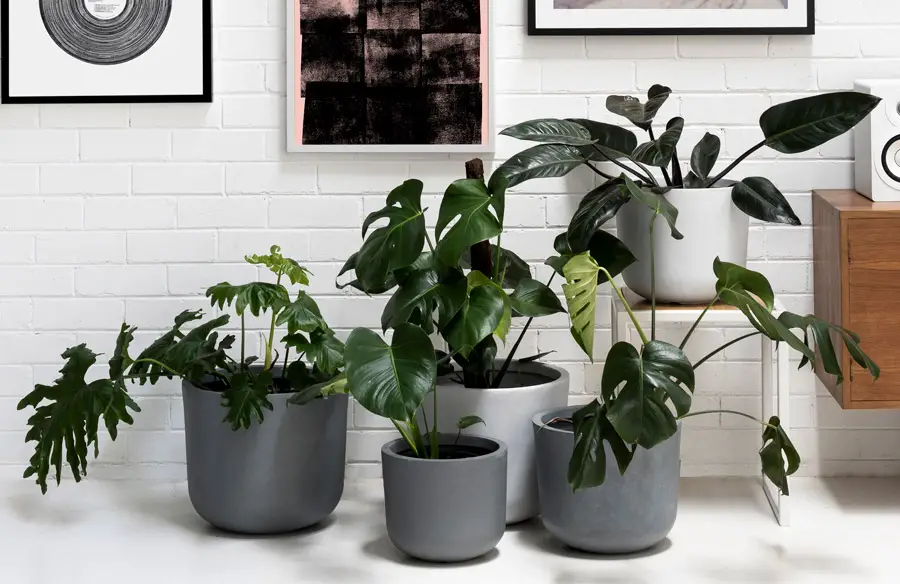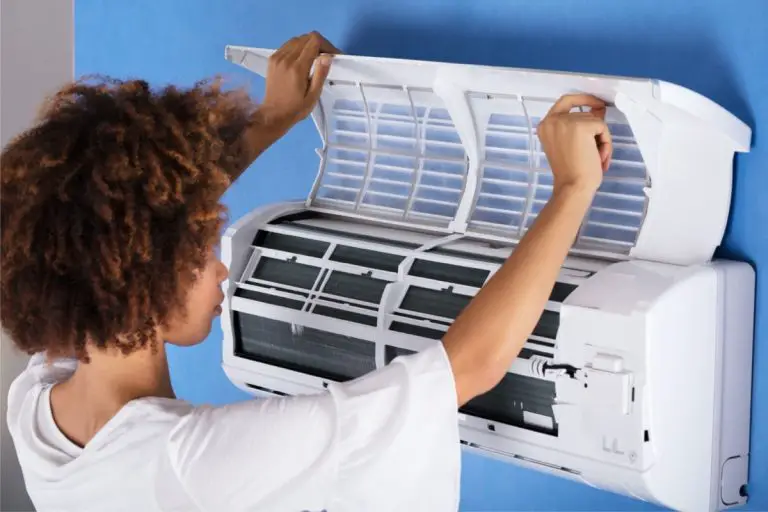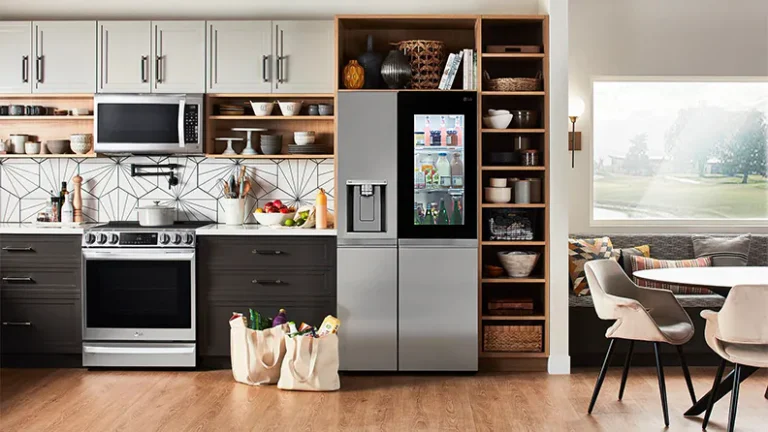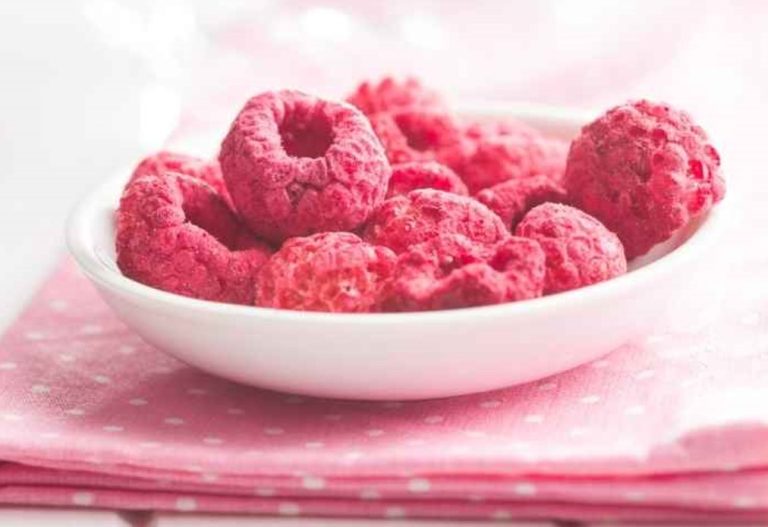What is the best way to keep plants alive?
Keeping plants alive is an important part of gardening. As plants are living organisms, they require proper care and maintenance to stay healthy and vibrant. Some of the best ways to keep plants alive include providing adequate sunlight, water, soil, and nutrients, as well as controlling pests and diseases. Additionally, it is important to take into account the needs of the specific plant species, such as temperature, humidity, and soil composition. With the proper care and attention, plants can be kept alive and healthy for years to come.
Understanding Plant Needs
Plants are essential to life on Earth, and understanding their needs is key to their survival. Plants need a few basic things to survive, including light, water, air, and nutrients. Light is essential for photosynthesis, and most plants need at least six hours of sunlight each day. Water is also vital to plants, as they use it for photosynthesis and to transport nutrients throughout the plant. Air is important for a plant’s respiration, and they need a steady supply of carbon dioxide and oxygen. Finally, nutrients are necessary for the plant’s growth and development, and come from the soil. By understanding a plant’s needs, you can ensure its health and longevity.
Choosing the Right Plant
When it comes to selecting the right plant for your home or office, it’s important to consider a few key points. Firstly, what’s the climate like in the room? Does it require a low or high light level? Temperature? Humidity? Knowing these details can help you select a plant that will thrive in its environment. Secondly, how much time and effort are you willing to commit to your plant? Some plants require daily care and attention, while others are more low-maintenance. Finally, think about the size of the plant and where you’ll put it. Choose one that will fit in the available space and won’t outgrow its spot too quickly. This way, you’ll get the most out of your purchase!
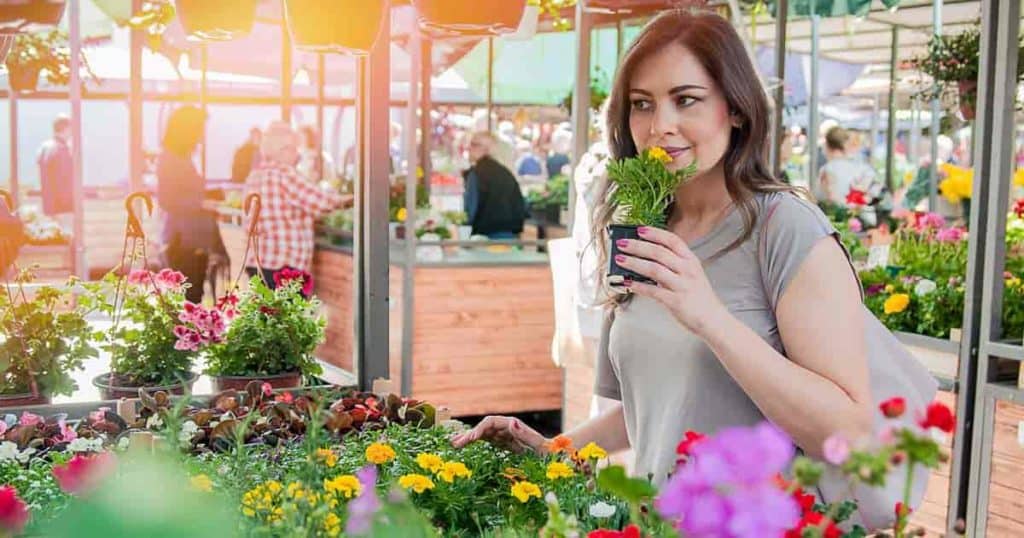
Plant Care Basics
Plant care is essential for any green thumb looking to keep their plants healthy and looking beautiful. Plant Care Basics provide the necessary information for properly taking care of your plants, from fertilizing to watering and pruning. With tips on understanding soil types, choosing the right potting mix, and preventing pests, Plant Care Basics is the perfect guide for keeping your beloved plants in good health. Learn how to nurture your plants and watch them thrive with Plant Care Basics.
Watering and Fertilizing
Watering and fertilizing are two key components of successful gardening. Proper watering helps ensure that your plants are getting enough water to stay healthy and vibrant. It also helps to prevent weeds from taking over your garden. Fertilizing helps to replenish the nutrients in the soil, which can be depleted over time. When done properly, fertilizing can help your plants to grow and thrive. Both watering and fertilizing are essential to keeping gardens looking their best and providing the best environment for your plants.

Light Requirements
Light Requirements:
Light is essential for plants to grow and thrive. Without adequate light, plants are unable to photosynthesize and will eventually die. Different plants have different light requirements and it’s important to make sure you give your plants the right amount of light for optimal health. The type and quantity of light needed depends on the growth stage of the plant, the species, and the environment in which it is grown. Consider the time of day, the angle of the sun, and the amount of light it receives when selecting the right light for your plants. With the right light, you can ensure your plants get the nourishment they need to thrive.
Temperature and Humidity
Temperature and humidity are two of the most important environmental factors that affect our daily lives. Temperature is a measure of the average kinetic energy of the molecules in a substance. Humidity is a measure of the amount of water vapor in the air, which affects the amount of moisture in the air. Temperature and humidity can affect comfort levels, health, and even our moods. High humidity can lead to stuffy and uncomfortable environments, while low humidity can result in dryness and irritation. High temperatures can increase the risk of heat stroke, while low temperatures can cause hypothermia. It’s important to monitor the temperature and humidity to ensure a safe and comfortable environment.
Troubleshooting Common Problems
Troubleshooting Common Problems is a blog section dedicated to helping people solve their tech-related issues. Here, you can find helpful tips and tricks to diagnose and fix common problems, from figuring out why your computer won’t start up to tackling pesky malware. We cover a wide range of topics from hardware to software and provide you with the knowledge you need to stay on top of the ever-evolving tech world. Plus, we provide step-by-step instructions to help you easily tackle those pesky tech-related problems. Whether you’re a seasoned tech expert or a beginner just starting out, this blog section has something for everyone.
Re-Potting and Re-Planting
Re-potting and re-planting are two essential tasks for keeping houseplants healthy and happy. Re-potting involves transferring a plant from its current pot to a larger one in order to give the roots more room to grow, while re-planting involves transferring a plant from one location to another. Both tasks will help to invigorate the plant, provide it with more nutrients, and give it a fresh start! Re-potting and re-planting are not difficult tasks, and can be done with minimal effort. With the right tools and a bit of patience, you can give your houseplants the new lease of life they need to thrive.
FAQs About the What is the best way to keep plants alive?
1. What kind of soil should I use for my plants?
Answer: The type of soil you should use depends on the type of plant you are growing. Generally, a good quality potting soil or soil-less mix is best for most plants. If you are growing a succulent or cactus, a special cactus mix is recommended.
2. How often should I water my plants?
Answer: The frequency of watering will depend on the type of plant and the conditions it is growing in. Generally, most plants should be watered when the top inch or two of the soil is dry. Overwatering is one of the most common causes of plant death, so make sure to check the soil before watering.
3. How much sunlight should my plants receive?
Answer: Different plants have different light requirements. Some plants may need full sun, while others may need partial shade. Check the label of the plants you are growing for specific light requirements.
Conclusion
The best way to keep plants alive is to provide them with the right environment. This includes giving them enough light, water, and nutrients, as well as making sure the temperature and humidity are appropriate. Additionally, it is important to monitor the plants for pests and other issues and to prune them regularly. With the right care, plants can thrive and bring beauty and life into any space.
